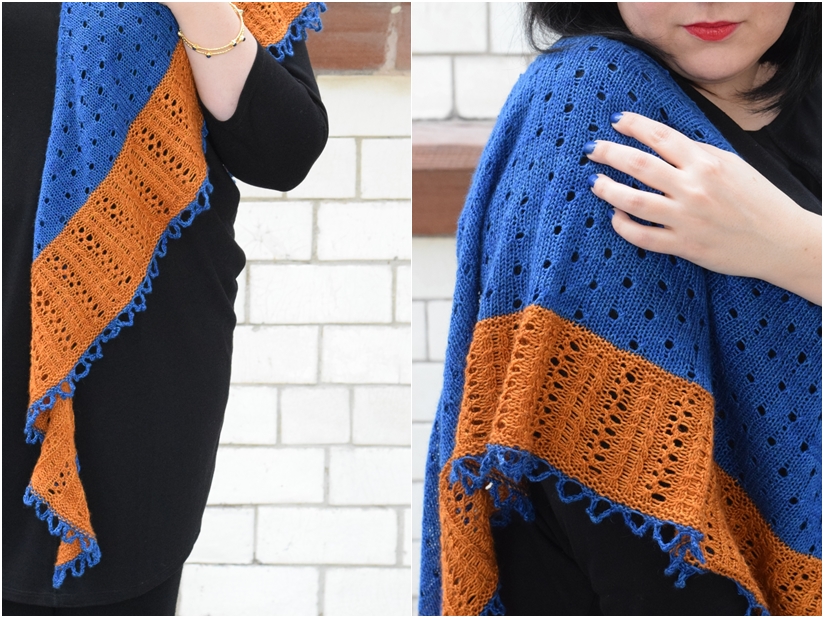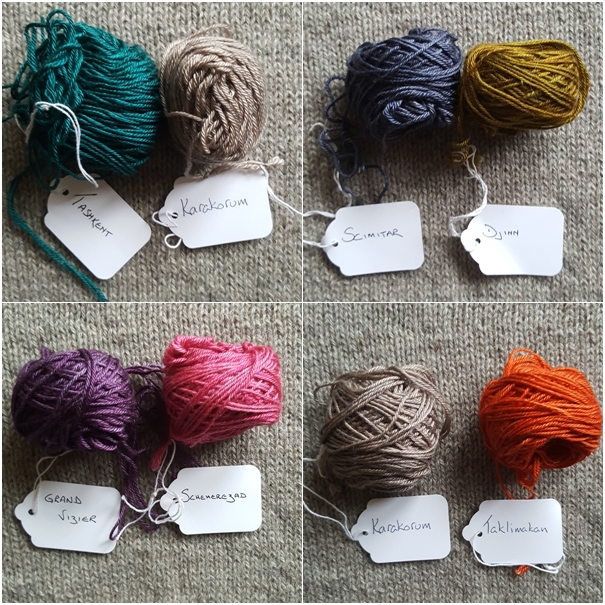Authors & Artists: Alma's Song
A few years ago I read Florian Illies' excellent book 1913: The Year Before the Storm. Following the entangled lives of artists and cultural mavericks in 1913, Illies weaves a fragmented fabric of a world tethering on the brink of something new - change is in the air and artists respond to it, though they are unsure what that change will be (we know it will be the First World War). The book stayed with me - and the result is Alma's Song. 
Alma Schindler-Mahler was a key figure in Vienna's cultural life at the turn of the 20th century. She served as a muse for the painter Gustav Klimt, married the composer Gustav Mahler, then had a fling with the expressionist painter Oskar Kokoschka, before she married architect Walter Gropius. She ended up fleeing the Nazi regime with her third husband, poet and playwright Franz Werfel - first heading to France, then to the US where she died in 1960s.
Alma's torrid love life tends to be what most people focus on - after all, she was involved with some very famous artists - and you will often hear her described as a femme fatale. This focus has much in common with today's celebrity gossip, of course. The headlines talk about Amal Clooney's personal life rather than her work. Alma was a composer, you see, but she had to give up her own music when she married Gustav Mahler and only returned to composing much later. On the other hand, Alma's notoriety saved her from sinking into obscurity unlike most of her fellow women on the contemporary Viennese arts scene. Names like Broncia Koller and Teresa Ries have been consigned to oblivion for decades - a desperately sad combination of anti-Semitism and misogyny. It is a familiar tale throughout early 20th century Europe.
Reading Illies' book and later hearing Alma's music, I could not stop thinking about these artists living through an age of upheaval, uncertainty and eventual darkness. I wanted to design something that celebrated them.
So, the shawl. It is a crescent shawl with easy stitch patterns, both written and charted. 
The vivid colours are inspired by the Vienna Secession movement and, in particular, the look of the secession building's gold dome against the blue sky. The body of the crescent shawl has a simple eyelet pattern designed to contrast greatly with the textured frieze section. Garter stitch ridges form horizontal lines in the vein of the Secession's use of linear ornamentation. The cast-off is extended and decorative with dramatic loops that soften the angularity.
Alma's Song has dramatic flair that befits its inspiration but it retains simplicity and a sinuous angularity which I rather adore.
The yarn is Camel/Silk Fingering by DyeNinja - an extraordinarily decadent yarn which soaks up colour. I used Byzantium as the main blue colour and Shantung as the contrast gold colour, and I used just over half a skein each for this shawl. I have included instructions for a larger shawl in the pattern and you'd be able to knit the large size with one skein of each colour. I'm lucky enough to have a full box of mini-balls of CSF, so I came up with some alternative colour combinations.

From the top, L to R: Tashkent and Karakorum; Scimitar and Djinn; Grand Vizier and Scheradzad; and, finally, Karakorum and Taklamakan.
Alma's Song is the first new pattern I've published in roughly a year. I've obviously been busy working on my forthcoming book, This Thing of Paper, so there will be a deluge of new material coming. It just feels so nice to have a pattern out & I hope you enjoy! Both DyeNinja & myself will be at Edinburgh Yarn Fest in just a few weeks, so I'm looking forward to seeing you there!